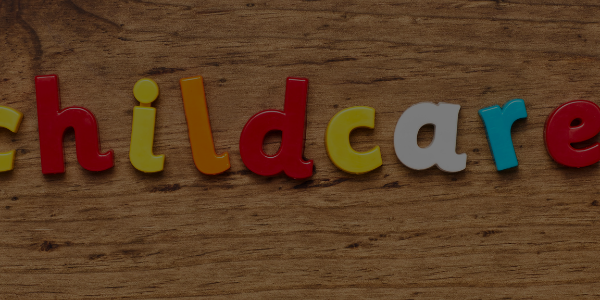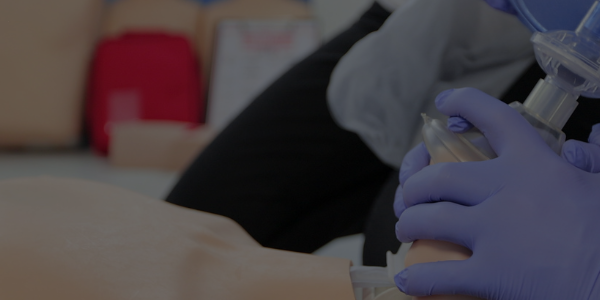What is Dry Drowning?
Dry Drowing, also called Secondary Drowning can occur when water is inhaled. This can causes muscle spasms in the airway, which blocks airflow.
When a child or adult falls in the water, it’s human nature to inhale or gulp down water in a state of panic. Once the person has been rescued from the water, most of us would assume that the danger is over.
But after taking in water through the nose or mouth, the muscles in your windpipe can become constrained to protect your lungs. Some people have labeled this condition “dry drowning,” though this is not a medical term or diagnosis. Doctors call this phenomenon “post-immersion syndrome,” and though it’s rare, it does happen.
It mainly occurs in children. While 95 percent of children are fine after accidentally slipping underwater, it’s important to be vigilant and aware of drowning symptoms that can happen once your child appears safe and dry. It is a medical emergency that requires prompt attention.
Dry drowning and secondary drowning are both the result of injuries that happen underwater. Dry drowning sets in less than an hour after inhaling water. But secondary drowning, which is also rare, can happen up to 48 hours after a water accident.
Secondary drowning is caused by water that accumulates in the lungs. It’s more similar to what we think of as “real” drowning because it involves your lungs filling up with water. The water then causes breathing difficulties. Both of it are serious health conditions that can be fatal.
What are the Symptoms?
- difficulty breathing or speaking.
- irritability or unusual behavior.
- coughing.
- chest pain.
- low energy or sleepiness after a water incident.
How to avoid Dry Drowning
Keep these safety rules in mind when you have small children in your care:
- Supervise children who are under 4 years old in any body of water. This includes the bathtub.
- Children under 4 years of age should never swim or bathe unassisted.
- Passengers of all ages should wear lifejackets while boating.
- Consider taking an infant CPR class if you frequently supervise children at the pool or the beach.
- Invest in swimming lessons for yourself and your children.
- Keep pool gates closed at all times.
- Don’t swim or play near the ocean without a lifeguard present.





